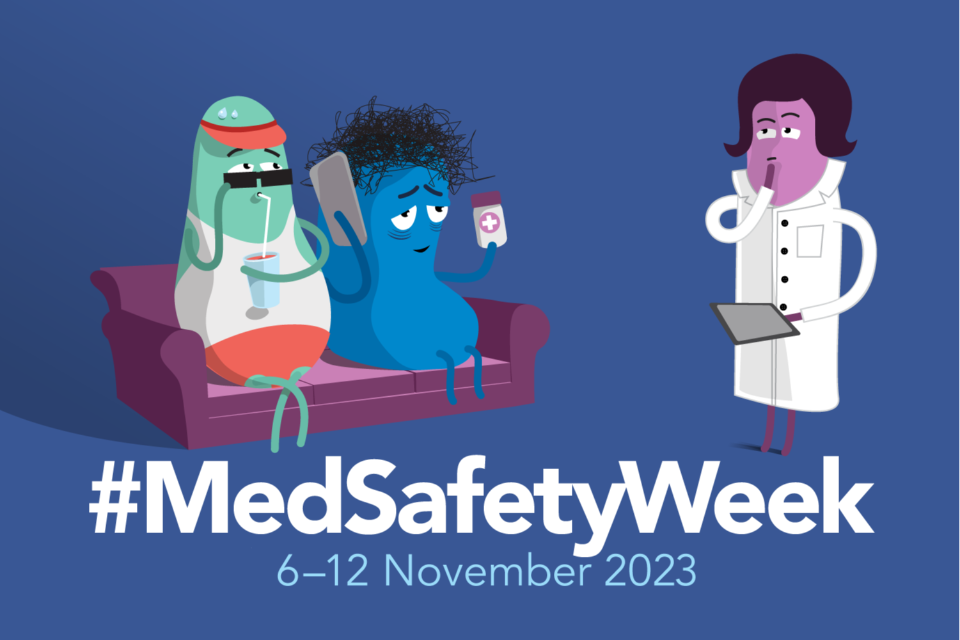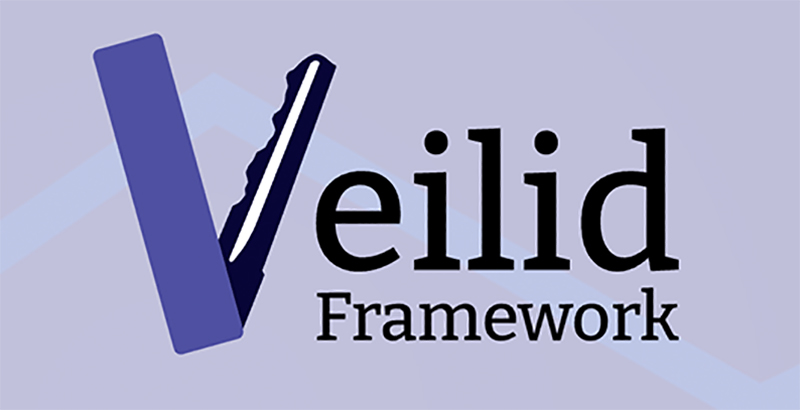Suspect you have experienced a side effect or incident from a healthcare product? Submit a Yellow Card report to improve safety for everyone
The eighth annual #MedSafetyWeek campaign has today (6 November 2023) been launched by the Medicines and Healthcare products Regulatory Agency (MHRA). Part of a global campaign involving 88 countries, the initiative runs from 6-12 November and aims to improve patient safety by encouraging reporting of any suspected side effects from medicines and adverse incidents associated with medical devices.
With this year’s theme being ‘Who can report?’, the campaign focuses on the key role that every patient, carer and healthcare professional has in reporting suspected side effects and adverse incidents with medical devices, and the positive impact this can have on patient safety. You don’t have to prove that the healthcare product caused the side effect or incident – just a suspicion is enough for you to submit a report.
This year’s campaign consists of an international collaboration involving 100 organisations spanning across 88 countries that operate their own national patient safety monitoring systems like the MHRA Yellow Card scheme. The purpose of safety monitoring is to gain information about new side effects and adverse incidents, to find out more about known ones, and, most importantly, to ensure the safest use of medicines and medical devices.
All healthcare products carry a risk of causing adverse reactions or incidents. The Yellow Card scheme is one of several robust measures used by the MHRA to continuously monitor the safety of medicines and medical devices once in clinical use to ensure their benefits continue to outweigh any risks. All healthcare product regulators operate systems to detect and analyse adverse reactions and incidents.
It is important that everyone submits a report to the Yellow Card scheme as soon as they suspect a side effect from a medicine or adverse incident associated with a medical device. This ensures that actions to reduce harm are based on the best available evidence and can improve safety for as many people as possible.
Dr Alison Cave, MHRA Chief Safety Officer, said:
“Every report made to the MHRA Yellow Card scheme counts. Yellow Card reports are vital in building more knowledge and understanding about the potential risks of…



